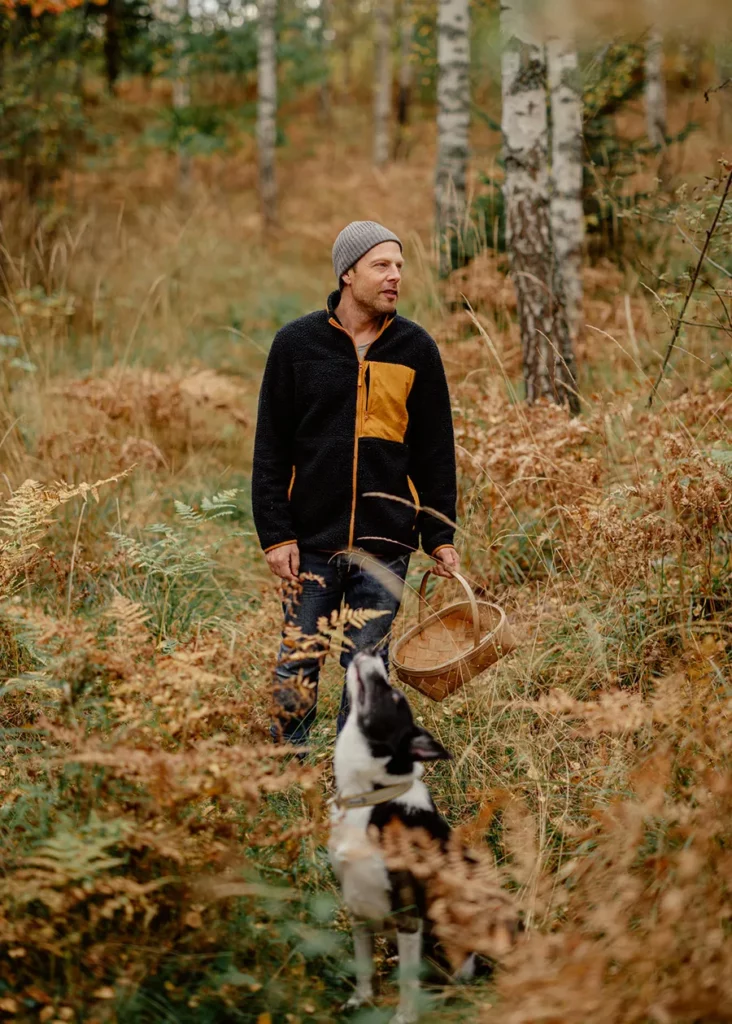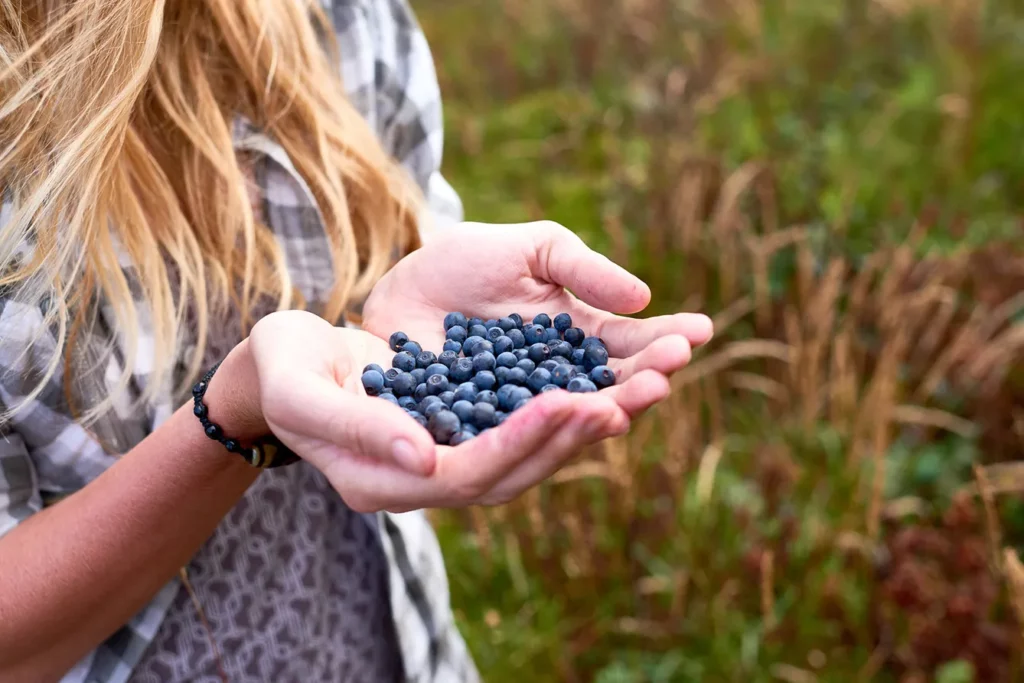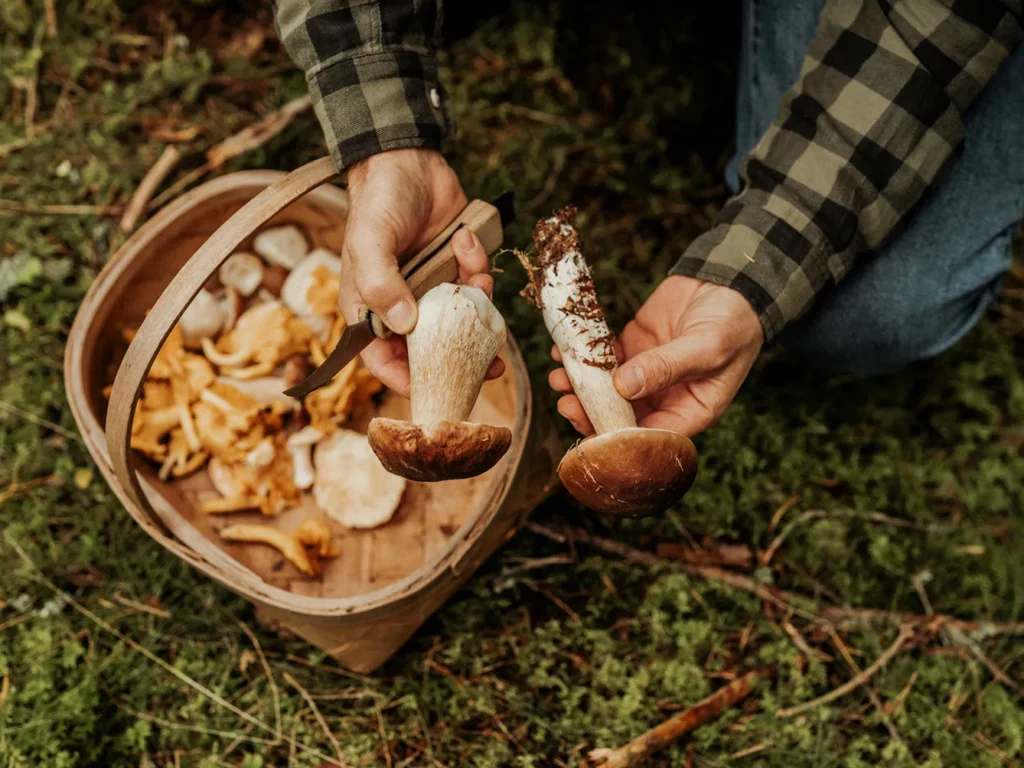The turn-of-the-21st-century marked a pivot in culinary trends, ushering in some “new” cooking modes focused on a renewed appreciation of local or hyperlocal ingredients, possibly sourced through foraging and as close to their wild forms as possible.
But in Central Europe, it was all old news. Though these cooking modes, perhaps best described as the New Nordic Cuisine, were refreshing for the area’s gastronomy, at least some of the ideas were never abandoned here and therefore needed no reinvention. Foraging, right next to preserving by fermentation, was among those ideas.

Making use of what nature gives us
One can easily say that preparing foods based on foraged ingredients is the “cucina povera” of the region. Though stereotypical, it is not entirely untrue. Across the European part of the former Soviet bloc, most forests are public, free to enter, and entirely free to foragers. So, while you can’t just take wheat from someone’s field, you’re as entitled to all the forest fruits you can find as the next guy.
And, as forests are highly complex ecosystems, able to give dozens of delicious crops to anyone willing to reach for them, people of Central Europe enjoy many kinds of such food items. Especially since countries from Slovenia to Estonia can all brag about how abundant their woodlands are.
The cucina povera vibe is also deeply embedded in local traditions. Take the former Polish-Lithuanian Commonwealth, whose culture is now reflected in many countries in the northern area of the region. With a rather strong class division, the peasants would be inclined, or even forced by hunger, to turn to all the ingredients the forest can give. Even if not a public forest, it was still much easier to source foodstuffs than to resort to less lawful methods. On the other hand, the nobility could easily give foraging permission as a kind of privilege.
The foraging economy
But then, there’s the other side of the coin: foraging is just fun and has been for centuries. It’s not a survivalist postmodernist idea of “living off the land” – diaries and narratives of the past describe how mushroom foraging was for, say, Polish-Lithuanian nobility, entertainment comparable to hunting.
And, from at least the early 20th century to this day, foraging is part of the village economy. Even in private forests (which happened more often before the collectivization), foraging was possible thanks to permits (think a one-day ticket to the forest), so the landlord got his margin, and the peasants could gather treasures to sell.
To this day, this can be seen next to the roads, where during the summer season, private sellers offer fresh forest finds like herbs, fruits, and mushrooms depending on what’s in season.


Gifts from the forest
Although not advisable for the newbies to do this on their own (especially with fungi!), you can still freely benefit from the forests’ wealth. Just head a few kilometers outside of town and try to lose yourself (without actually getting lost) in the woods.
What to look for? There are plenty of possibilities. The most obvious may be forest mushrooms. From chanterelles to morels to boletes and beyond, they put umami in your dishes, like goulash, make the perfect base for a mouth-watering mushroom soup, and are an integral part of traditional dishes, like Polish bigos.
But wait, there’s more! “Forest fruit” is not just a metaphor, nor is it just a made-up name for a tea flavor. Central European forests offer more berries than you can think of. Blueberries, raspberries, brambles, dogwood, and more, are among examples.
And let’s not forget about the herbs. Wild garlic is protected by law, so we don’t encourage you to forage it, but plenty of other options exist. Did you know that common nettles are incredible in a salad? To “disarm” it from the stingy poison, rub it thoroughly so that the tiny bubbles containing the liquid at the bottom of the leaf all break. Sorrel has a wild variety and is also great in sour soup.
Slavic countries also cultivate… drinking trees. Collected in spring with a special traditional technique, birch resin (called juice) is a delicious drink – and much sweeter than you might expect. But to take the most out of the trees, collect the young pine sprouts from the end of branches, and store them for a week in a jar under a thick layer of sugar. Soon you’ll get a pine syrup that is perfect for your health (soothes sore throat) and a delicious, versatile condiment.
If you want to give foraging a try for the first time, just ask someone to guide you. After all, apart from the economic part, there’s a community spirit involved, and it will surely help you get started.







